Austria has been a breeding ground for exceptional musical talent, producing some of the greatest composers in history. From the Baroque period to the Romantic era and beyond, Austrian composers have left an indelible mark on the world of music.
Starting with one of the most influential figures in Western classical music, Wolfgang Amadeus Mozart, to Carl Czerny, with his revolutionary piano exercises, let’s explore the lives and works of 15 of the greatest and most famous Austrian composers of all time. Let’s get started!
1. Wolfgang Amadeus Mozart

Perhaps the most famous Austrian composer of all is Wolfgang Amadeus Mozart, who is widely regarded as one of the greatest classical composers in history. He was a prolific composer who wrote over 600 works, including symphonies, chamber music, operas, and choral music.
Mozart was born in 1756 in Salzburg, Austria. He showed prodigious musical talent from an early age and began composing music at the age of five. As he grew older, he continued to compose and perform music in various genres.
Symphony no. 40 in G Minor and Piano Concerto no. 21 in C Major (“Elvira Madigan”) are among his most famous works, as well as the opera The Marriage of Figaro. His operas, in particular, played a significant role in shaping the genre and remain among the most performed and cherished operas of all time.
Tragically, Mozart’s life was cut short at the age of 35. The exact cause of his death remains a subject of speculation, but it is believed that he suffered from various health problems. He passed away in 1791, leaving behind an extraordinary musical legacy that continues to captivate audiences to this day.
2. Franz Schubert
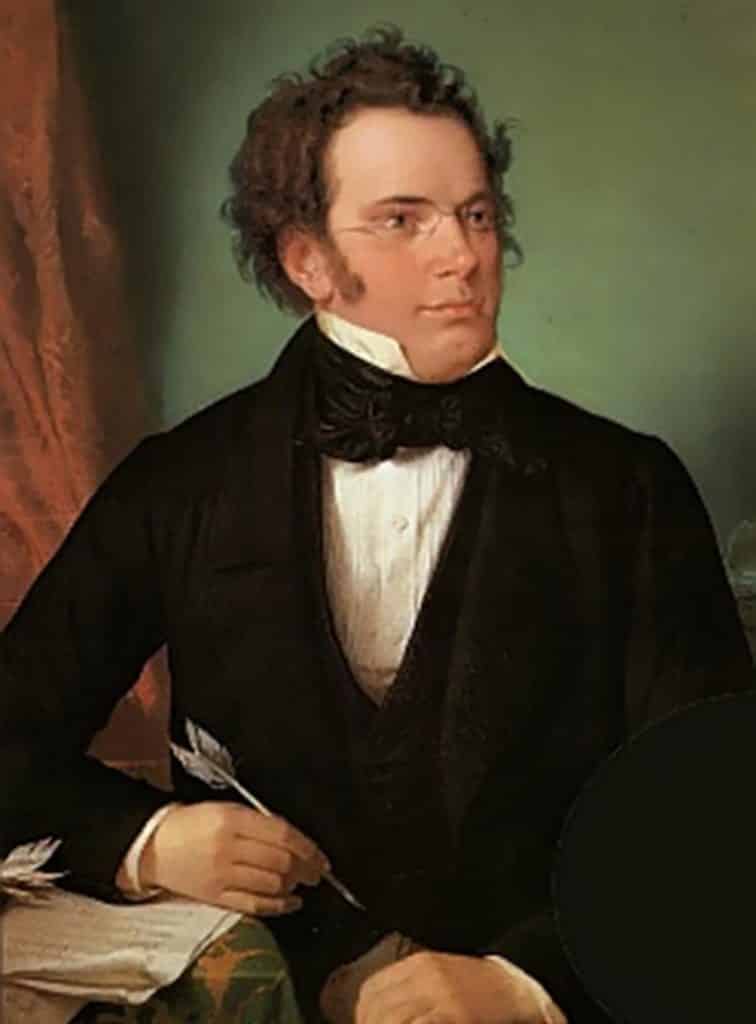
Our next composer is Franz Schubert. The Austrian composer was born in January 1797 in Vienna and died in November 1828 at the age of 31.
Schubert’s musical talent was evident from an early age, and he began receiving formal music education at a young age. He composed prolifically throughout his short life, leaving behind a vast body of work that includes symphonies, chamber music, piano music, songs (lieder), and choral music.
One of his most well-known compositions is Symphony No. 8 in B Minor, commonly known as the “Unfinished Symphony.” Despite being incomplete (only two movements were finished), it remains a popular and influential work in the classical repertoire.
Today, Schubert’s music is beloved by audiences worldwide for its lyrical beauty, emotional depth, and melodic inventiveness. His compositions continue to be performed and recorded by orchestras, chamber ensembles, and vocalists, solidifying his status as one of the most influential composers in the Western classical music tradition.
3. Gustav Mahler
Composer Gustav Mahler is known for his symphonies and song cycles. He is considered one of the most important figures in late Romantic music and a bridge between the 19th-century Austro-German tradition and the modernism of the early 20th century.
Mahler was born in 1860 in Kalischt, Bohemia, which was then part of the Austrian Empire. He displayed musical talent from an early age and received piano lessons as a child. He later studied at the Vienna Conservatory, where he focused on composition.
His output includes ten completed symphonies, the unfinished Symphony No. 10, and several song cycles, including “Das Lied von der Erde” (The Song of the Earth) and “Kindertotenlieder” (Songs on the Death of Children).
Mahler’s personal life was marked by tragedy and turmoil. He experienced the deaths of several family members, including his own daughter, which deeply influenced his music. His own health also deteriorated early in his life, and he died in May 1911, in Vienna, at the age of 50.
4. Johann Strauss II
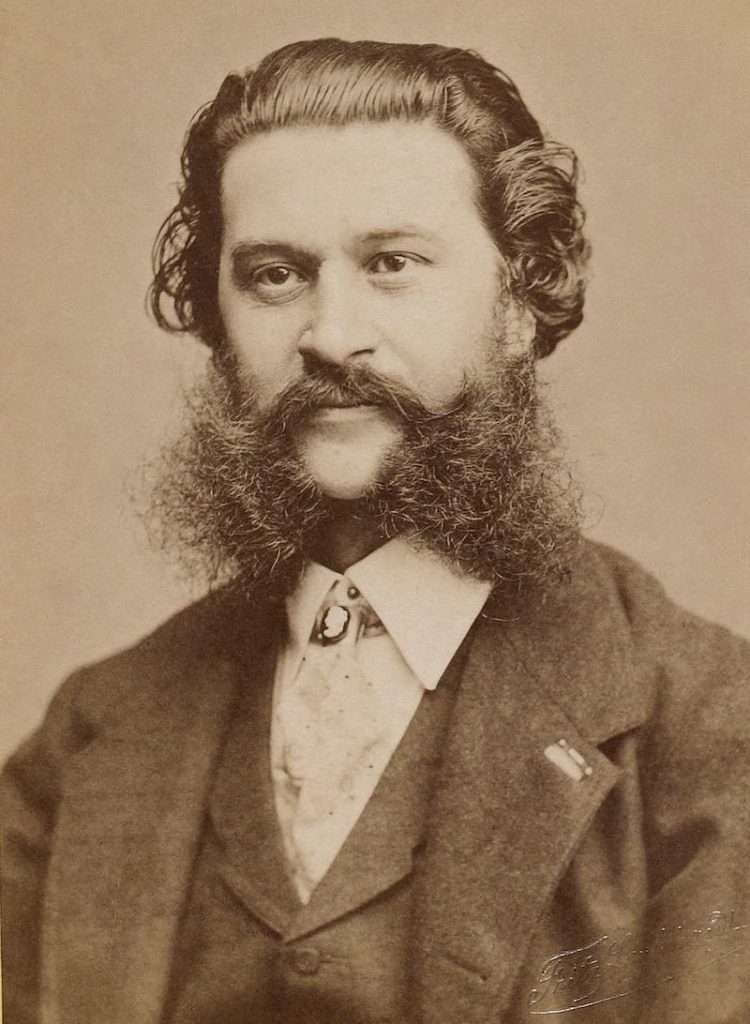
Born Johann Baptist Strauss in 1825, Johann Strauss II was an Austrian composer known for his waltzes, polkas, and operettas. He is often referred to as the Waltz King or Strauss Jr. to distinguish him from his father, Johann Strauss I, who was also a composer.
Strauss II’s music became synonymous with the spirit and elegance of the Viennese classical tradition, particularly the waltz. His compositions, characterized by their beautiful melodies and graceful orchestration, captured the essence of 19th-century Viennese society and its love for social dancing.
Some of Strauss II’s most famous compositions include “The Blue Danube,” “Tales from the Vienna Woods,” and “Kaiser-Walzer” (Emperor Waltz). These works are still widely performed and beloved today, especially during traditional Viennese balls and New Year’s concerts.
After a long career of composing in which he wrote over 500 pieces, Strauss II eventually died of pleuropneumonia at the age of 73 in 1899 in Vienna. He is buried in Zentralfriedhof cemetery along with other notable composers like Schubert.
5. Joseph Haydn
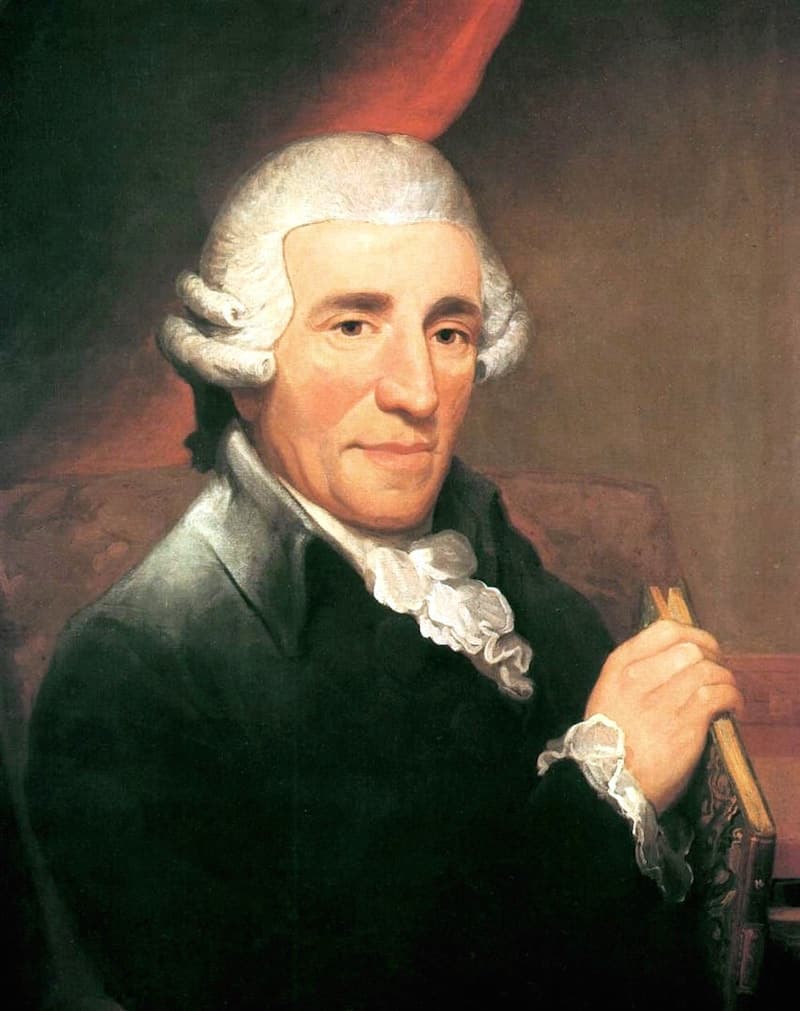
A prominent figure in classical music, Joseph Haydn was born in 1732 in Rohrau, a small village in Austria. He was one of the world’s most prolific and well-known composers, with over 100 symphonies to his name by age 50. Haydn had a natural aptitude for music from an early age, which only grew as time passed.
Haydn’s career flourished when he became the court musician for the influential Esterházy family in 1761. He served as the Vice-Kapellmeister and later as the Kapellmeister (music director) for the Esterházy court, where he composed music, conducted performances, and managed the musical establishment.
Often referred to as the Father of the Symphony, Haydn made significant contributions to this genre. He composed 104 symphonies, including his famous “Surprise” Symphony (no. 94) and the London Symphonies.
Haydn’s influence extended beyond his own time. He mentored and inspired numerous composers, including Wolfgang Amadeus Mozart and Ludwig van Beethoven, both of whom admired his work.
His contributions to the development of classical music laid the foundation for the symphonic and chamber music forms that would flourish in the following centuries.
6. Arnold Schoenberg
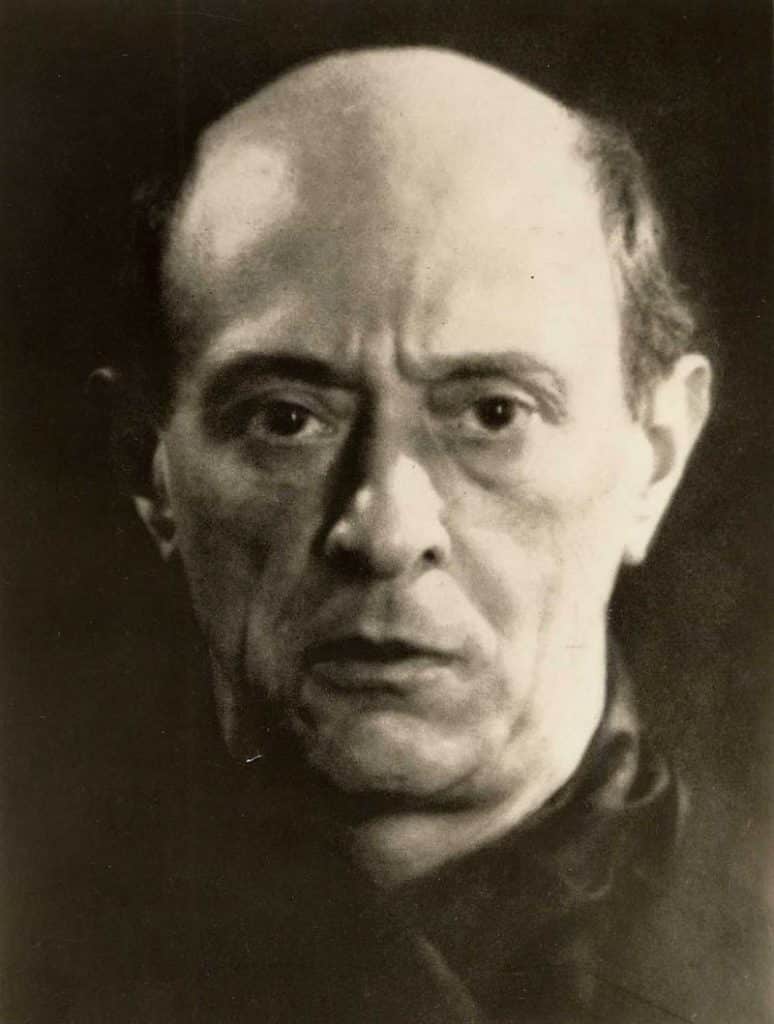
Austrian composer and music theorist Arnold Schoenberg is best known for his influential contributions to 20th-century music and for pioneering the development of atonal and serial composition techniques.
Born in September 1874, Schoenberg began his musical education as a violinist and later studied composition with Alexander von Zemlinsky. His early works were influenced by the late Romantic tradition, but he quickly began to experiment with new approaches to composition.
In the early 1900s, he developed a revolutionary compositional technique known as atonality. Atonal music lacks a tonal center or key and is characterized by dissonant harmonies and unconventional melodic structures. Schoenberg’s most famous atonal composition is his song cycle “Pierrot Lunaire.”
Later, Schoenberg developed the twelve-tone technique, also known as serialism. It involved organizing all 12 pitches of the chromatic scale in a specific order called series. The series was then used as the basis for composing melodies, harmonies, and rhythms. Schoenberg’s Suite for Piano, op. 25 is a notable example of this.
Despite the mixed reactions to Schoenberg’s music and ideas, they had a profound influence on subsequent composers. He left behind a vast body of compositions that continue to be studied, performed, and celebrated today.
7. Anton Bruckner
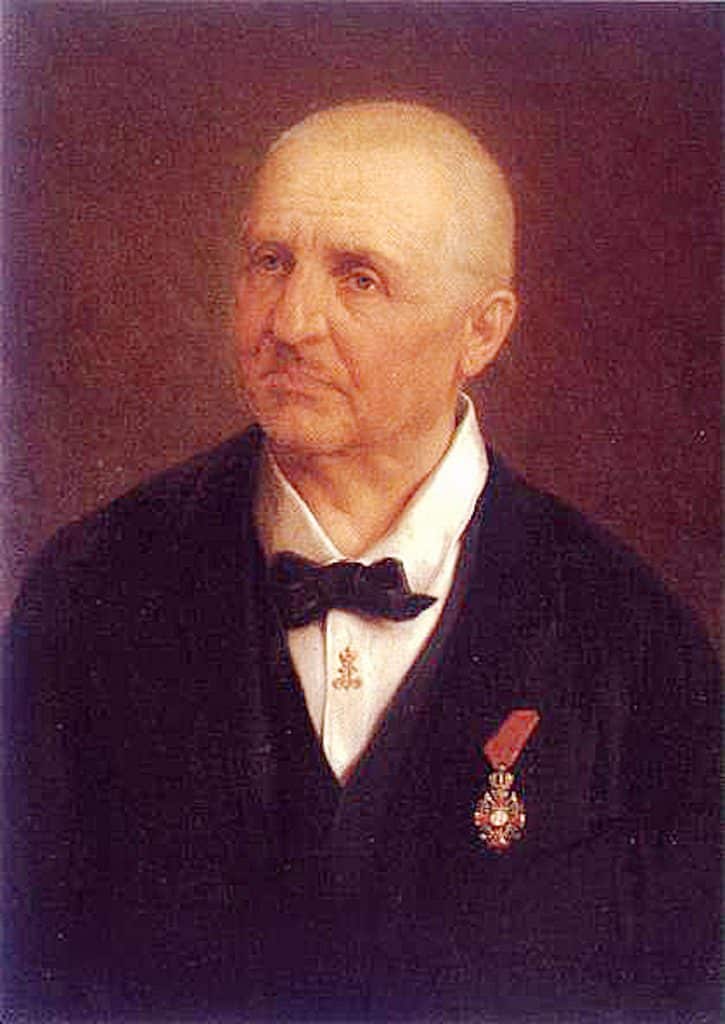
Austrian composer and organist of the Romantic period Anton Bruckner is best known for his symphonies, which are characterized by their grand scale, expansive structures, and rich harmonic language.
Born in 1824 in Ansfelden, Austria, Bruckner displayed a talent for music at an early age. He received his first musical education in the village school and later studied organ and music theory in Linz. His skill as an organist led to his appointment as the cathedral organist in Linz in 1856, a position he held for many years.
Bruckner’s most significant compositions include his nine completed symphonies, which are monumental works that often stretch over multiple movements and feature lush orchestration. They are considered masterpieces of the Romantic symphonic tradition
Although primarily known for his symphonies, Bruckner also composed a variety of other works, including choral music, chamber music, and organ music. Notable examples include his Masses, motets, and his monumental “Te Deum.”
Bruckner’s music showcases his unique approach to harmony, structure, and orchestration, making him one of the most distinctive voices of his time. His works continue to be performed and admired today.
8. Marianna Martines
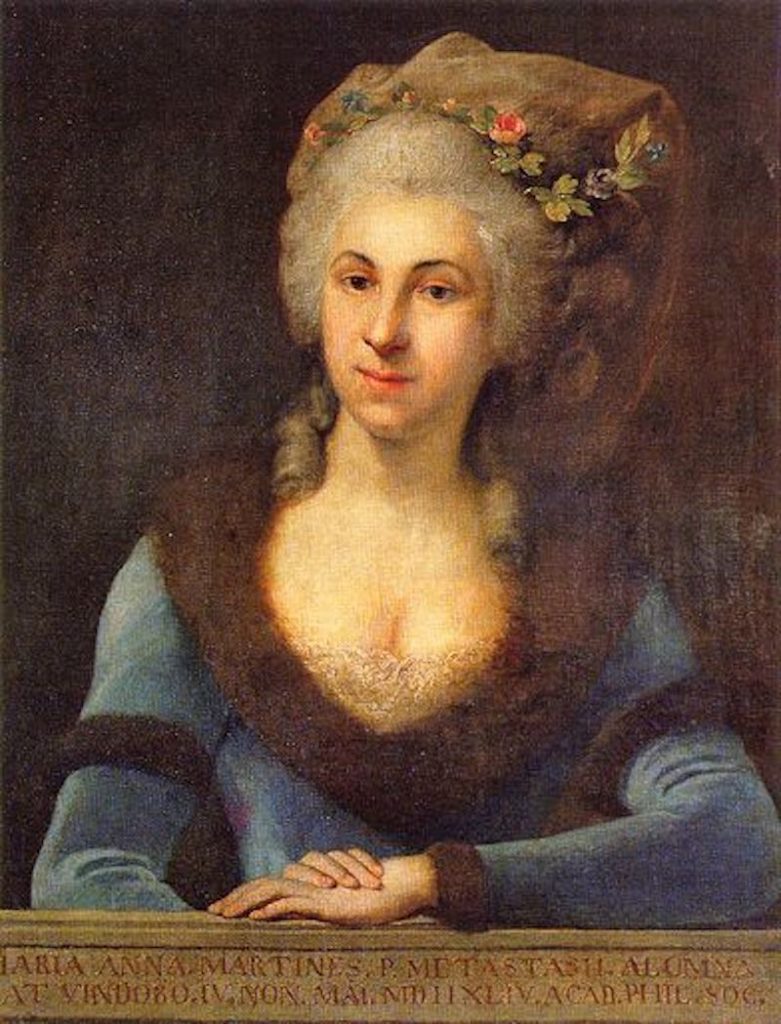
Born in Vienna, Austria, Marianna Martines exhibited remarkable musical talent from an early age. Unlike many women of her time, she received an extensive education. Her extraordinary abilities on the piano and her captivating soprano voice quickly gained recognition.
Despite her considerable talent, Martines faced challenges due to the social and cultural norms of the time, which restricted women’s access to professional musical careers. As a result, she primarily composed music for private performances and did not seek public recognition or publication of her works.
Martines composed a variety of music, including vocal works, keyboard sonatas, and chamber music. Unfortunately, much of her music has been lost or remains unpublished.
However, some of her surviving works showcase her skillful composition style, characterized by elegant melodies and harmonic richness. One of her well-known compositions is a vocal piece called “Il primo amore” (The First Love).
Throughout her life, Martines remained active in the Viennese musical scene. She was highly respected by her contemporaries, and her music received acclaim from those who had the opportunity to hear it. She died in 1813, leaving behind a legacy as a talented composer and performer who overcame societal obstacles to pursue her musical passion.
9. Anton Webern
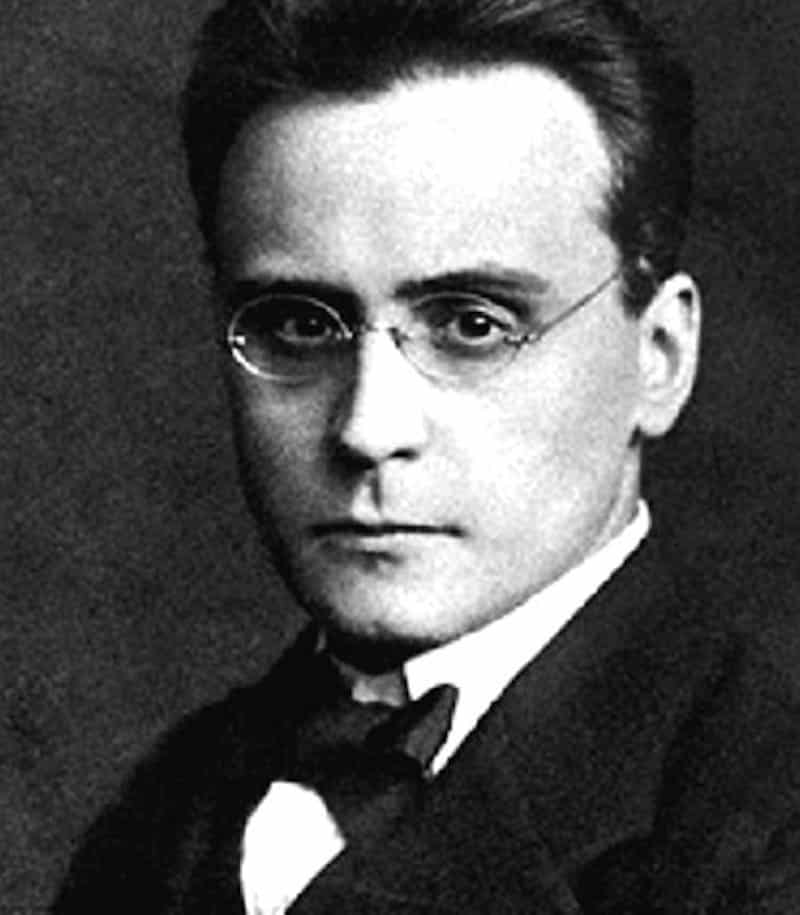
Anton Friedrich Wilhelm von Webern was born in 1883 in Vienna, Austria. His early compositions show the influence of Romanticism and late-Romantic composers, but he gradually moved toward more experimental and radical approaches to composition.
Although known as an atonal composer of serialism, one of Webern’s early pieces was anything but. His “Im Sommerwind” was completely different from the later expressionist works he’s most well known for.
It wasn’t until he met Schoenberg, who was a teacher of Webern, that he became a member of the Second Viennese School—the name given to Schoenberg’s pupils. Along with Alban Berg (whom we’ll look at next) and a few others, these serialist composers used the twelve-tone technique of composition involving tone rows.
Although Webern wrote a lot more, he has 31 opus works that he thought were good enough to be published. One good example of his serialist work is his Symphony, op. 21, which he composed in 1928.
Tragically, Webern was shot on September 15, 1945, by an American soldier. Webern’s son-in-law was involved in the black market, and during a raid on the house, Webern was shot and killed. He was 62 years old.
10. Alban Berg

Twentieth-century composer Alban Maria Johannes Berg was born in Vienna on February 9, 1885, to Johanna and Konrad Berg. It wasn’t until he was 15 years old that he took to composing, and teaching himself music.
Early in 1904, he met Schoenberg and became a student of his, learning music theory, counterpoint, and harmony from him.
As you would expect, being a student of Schoenberg, he utilized the twelve-tone technique to create atonal serialist music with one of his first published works, his Piano Sonata, op. 1, which he wrote in 1908.
Due to his affiliation with Schoenberg (who was Jewish), Berg faced a lot of difficulties during the 1930s with the increasing antisemitism. Berg’s work was eventually placed on a list of degenerate music, and performances in Germany were rare.
He passed away in 1935 on the 24th of December due to blood poisoning that was thought to be from an insect sting, and he’s buried in the Hitzing Cemetery in Vienna.
11. Johann Strauss I
Born on March 14, 1804, Johann Strauss I is known as one of the key figures in the development of Viennese dance music during the 19th century. He is often referred to as the Father of the Viennese Waltz and played a significant role in popularizing this dance form.
Initially trained as a bookbinder, Strauss Sr. eventually turned to music and became a skilled violinist. He joined the dance orchestra of Joseph Lanner, another renowned Viennese composer and musician, where he gained experience and honed his skills.
Strauss Sr. began composing dance music himself and quickly gained popularity with his waltzes, polkas, and other dance forms. A prolific composer, he created more than 200 works during his career. Some of his notable works include the waltzes “Täuberln-Walzer,” “Wiener Carneval,” and “Wiener Launen-Walzer.”
Johann Strauss Sr. had three composer sons who followed in his footsteps: Johann Strauss II, Josef Strauss, and Eduard Strauss. And while his compositions may be less well-known today compared to those of his sons, his contributions to the Viennese dance music tradition were vital.
12. Joseph Lanner
Composer and violinist Joseph Lanner was born in 1801, in Vienna, Austria. He is widely regarded as one of the pioneers of the Viennese waltz and played a crucial role in popularizing this genre of music in the 19th century.
Lanner formed his own dance orchestra and composed numerous waltzes, galops, and other dance pieces that were known for their lively melodies, often featuring catchy rhythms and elegant harmonies. Hsi “Die Schönbrunner” and “Die Werber” became immensely popular during his time and continue to be performed and enjoyed today.
Lanner’s contributions to the Viennese waltz tradition earned him recognition as one of the key figures alongside Johann Strauss I and II. His music played a significant role in shaping the Viennese dance music scene, setting the stage for the waltz’s continued popularity in Austria and beyond.
13. Franz Schreker
Another notable Austrian composer is Franz Schreker, who lived from 1878 to 1934. He is best known for his contributions to the genre of opera and his association with the Viennese fin de siècle (end of the century) movement.
Schreker was born in Monaco, Austria-Hungary (now part of the Czech Republic), and showed musical talent from a young age. He studied composition at the Vienna Conservatory.
In the early years of his career, Schreker composed mainly instrumental works. However, he gained significant recognition for his operas. Popular among these are Der ferne Klang (The Distant Sound), Die Gezeichneten (The Stigmatized), and Der Schatzgräber (The Treasure Hunter).
During his time, Schreker was regarded as one of the leading composers. However, with the rise of National Socialism in Germany and Austria in the 1930s, his music was deemed “degenerate.” As a result, his career suffered, and his works were banned and suppressed.
Schreker’s health declined in the early 1930s, and he died in 1934 at the age of 55. After World War II, however, his music experienced a revival, and his operas gained a renewed appreciation for their innovative and evocative qualities.
14. Franz Xaver Süssmayr
Born in 1766 in Schwanenstadt, Austria, Franz Xaver Süssmayr pursued his musical education in Vienna under the tutelage of Antonio Salieri, a close friend and fellow composer of Mozart.
Süssmayr’s most significant contribution to the musical world was his completion of Mozart’s Requiem in D Minor, using Mozart’s sketches and instructions as a guide.
Apart from his work on the Requiem, Süssmayr composed several other works, including operas, symphonies, chamber music, and religious music. However, his compositions are not as well-known or widely performed as those of his contemporaries, such as Mozart or Haydn.
Süssmayr passed away in September 1803 at the age of 37. Despite his relatively short life and limited recognition as a composer, his completion of Mozart’s Requiem remains his most enduring contribution to the classical music repertoire.
15. Carl Czerny
Ending this list is Carl Czerny. The Austrian composer, pianist, and music teacher is best known for his contributions to piano pedagogy and his prolific output of teaching materials.
Born in Vienna, Austria, Czerny showed musical talent from a young age. He studied piano with Ludwig van Beethoven and composition with Johann Nepomuk Hummel.
Czerny’s most famous and enduring legacy is his extensive collection of piano studies and exercises. His most well-known work in this regard is The School of Velocity, a set of exercises designed to improve finger dexterity, technique, and overall piano playing skills. These exercises are still widely used by piano students today.
Despite his contributions to music education, Czerny’s own compositions are often overlooked. However, some of his works, such as his piano sonatas and his chamber music, are still performed and recorded today, providing insight into the musical style of the early 19th century.
Summing Up Our List Of Austrian Composers
As you can see, there are a lot of amazing Austrian composers and this list doesn’t even cover a fraction of them. Their impact on not only the music community but also the world has been long-lasting.
We hope you’ve enjoyed reading about them, and if you want to learn more about these famous Austrian composers, we encourage you to explore and listen to some of their work on YouTube!
